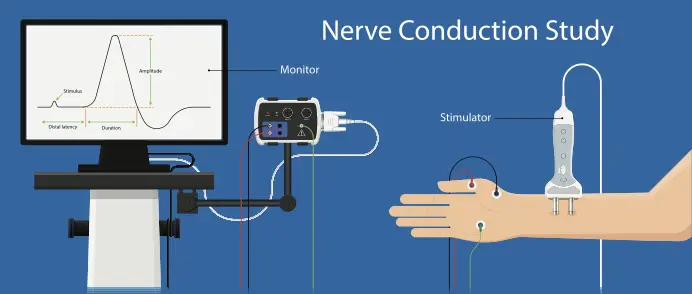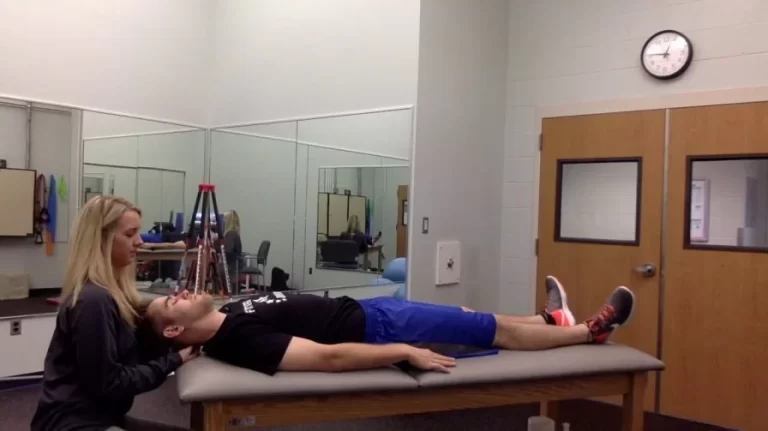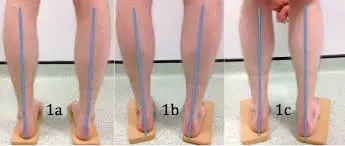Whipple Test
Whipple test is an important examination test that helps to diagnose partial rotator cuff tears and or superior labrum tears.
Table of Contents
Purpose of Whipple Test
- The main goal of the Whipple test is to determine whether a superior labrum tear or partial rotator cuff tear has occurred.
Technique of Whipple Test
- The patient’s sitting or standing position.
When the patient resists, the therapist applies downward force while the patient flexes their arm 90 degrees and extends their arm. - A positive sign of a partial rotator cuff tear or superior labrum tear is pain in the shoulder.
Evidence
- The partial supraspinatus tendon tear Whipple test has a sensitivity of 88.6 percent and a specificity of 29.4 percent, according to the evidence.
- Which performs less well than either the empty can test or the full can test.
FAQs
The Whipple test is used to look for partial tears in the rotator cuff or in the superior labrum.
When a patient is complaining of shoulder pain, the doctor or therapist will use this clinical
test. The muscles of the rotator cuff, such as the supraspinatus, infraspinatus, subscapularis,
and teres minor, are examined during this test for partial rotator cuff tear.
Tumors and other conditions affecting the bile duct, intestine, and pancreas can be treated
with the Whipple procedure.
It is the most common type of surgery to treat pancreatic cancer that only affects the head of
the pancreas.
The Whipple procedure, formerly known as the pancreaticoduodenectomy, is named after the
surgeon Allen Oldfather Whipple, who developed it in the middle of the 1930s. If the cancer is
in the head of the pancreas, the largest portion of the fish-shaped gland in the middle of your
abdomen, it is frequently recommended.
The conventional Whipple and the pylorus-sparing Whipple are the two most common types of
Whipple procedures.





